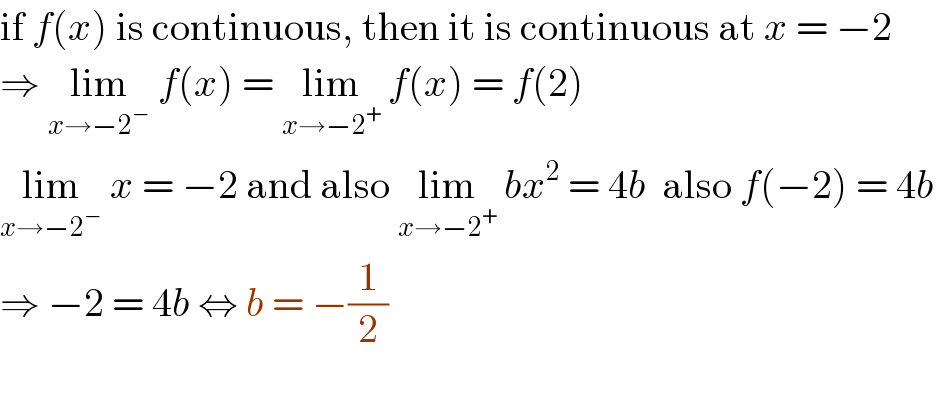
Question and Answers Forum
Question Number 99392 by AwaisAhmed last updated on 20/Jun/20

Commented by PRITHWISH SEN 2 last updated on 21/Jun/20

Answered by Rio Michael last updated on 20/Jun/20

Commented by PRITHWISH SEN 2 last updated on 21/Jun/20

